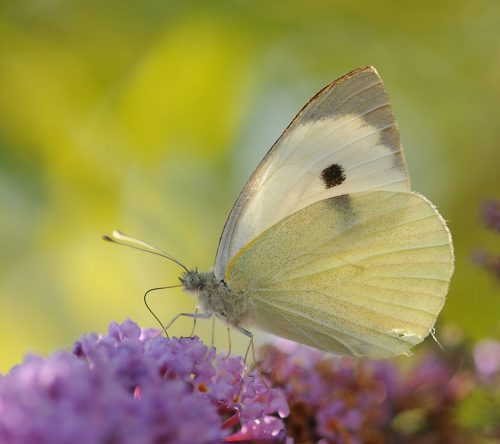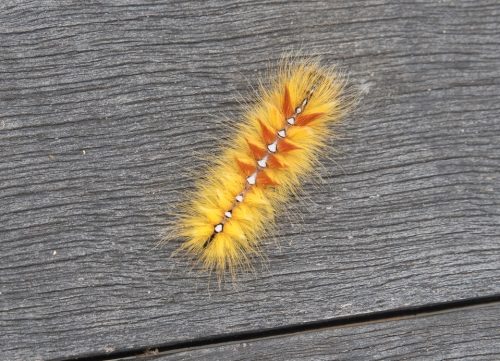A host plant or host is a plant on which an organism finds food necessary for growth. Insects, caterpillars, fungi and bacteria make use of host plants.
Butterflies
A plant on which a butterfly lays its eggs is called a host plant. That is the plant the caterpillar lives on when it has hatched from the egg. Some butterflies do not deposit their eggs on the host plant, but in its surroundings, so that the caterpillar still has to look for food.
Some butterfly species are very picky. This means that if a specific plant species disappears, the butterfly species that has this plant as its host also perishes.
Examples of butterflies and host plants
Large and Small White Cabbage: Brassicaceae: cabbage varieties, summer lilac, rapeseed, nasturtiums.
Orange tip: mayflower, summer lilac, honesty.
Sycamore (moth): deciduous trees: oak, horse chestnut, birch.
Common brimstone: rhamnus.
Red admiral: stinging nettle.
Peacock butterfly: Stinging nettle.
Map: Stinging Nettle.
Painted lady: Thistle species, mallow and stinging nettles.
Butterfly life cycle
Butterflies lay eggs on a host plant. A caterpillar emerges from the egg and eats the host plant. After several molts – usually five – the caterpillar is mature and turns into a pupa. A butterfly emerges from the pupa.


